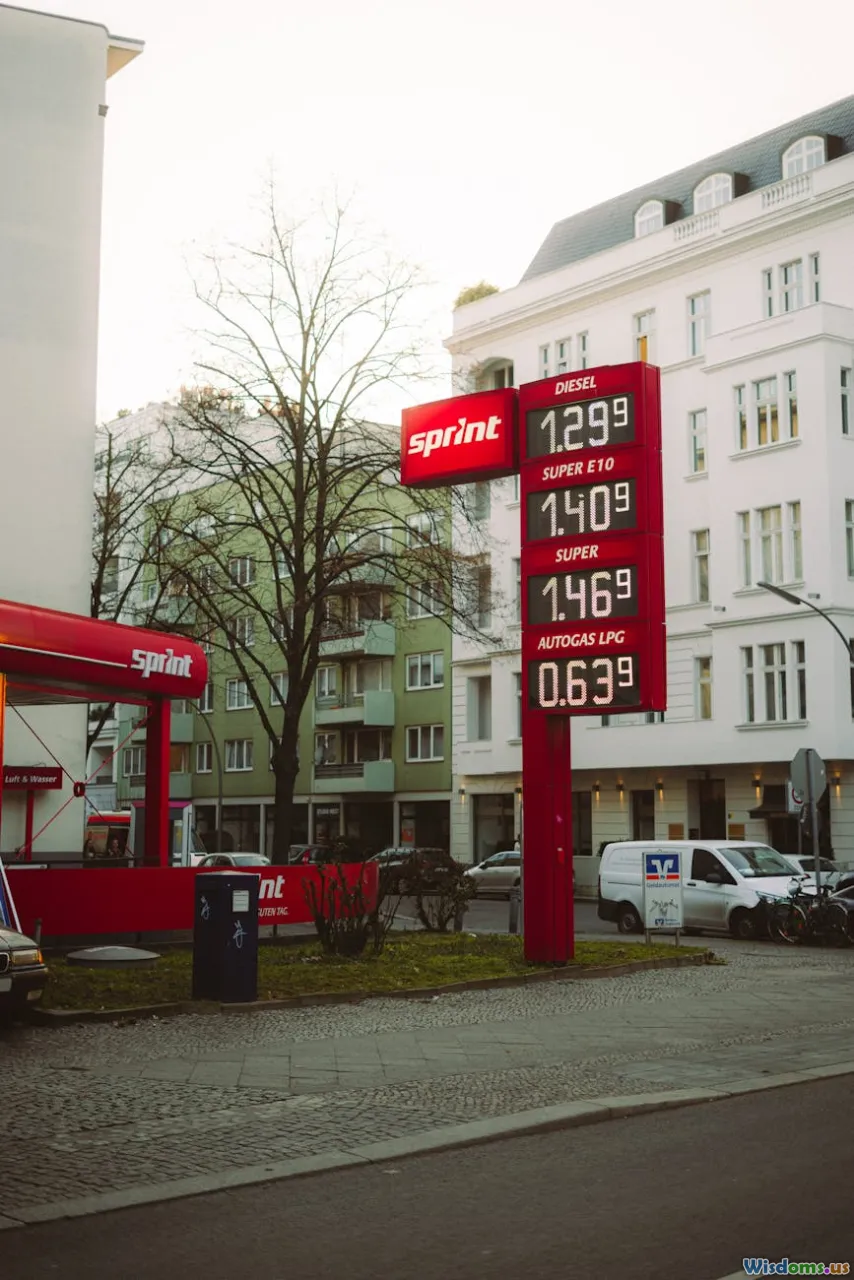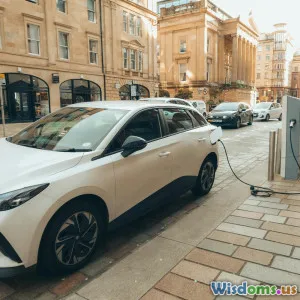
Which Is Cheaper in 2024 Owning a Petrol vs Electric Car?
8 min read Explore the real costs of owning petrol vs electric cars in 2024 and discover which one truly saves you money. (0 Reviews)
Which Is Cheaper in 2024: Owning a Petrol vs Electric Car?
Choosing between a petrol car and an electric vehicle (EV) in 2024 is more complicated than simply checking the sticker price. With technological advancements, fluctuating fuel prices, and shifting government policies, the long-term cost of ownership becomes a key consideration. This article dives deep into the true cost of owning petrol versus electric cars in 2024, offering data-driven insights to help consumers make smarter decisions.
Introduction
Electric vehicles once seemed like futuristic fantasies, but today, they are mainstream contenders challenging the dominance of petrol cars. While EVs boast cleaner emissions and simpler mechanics, petrol vehicles have long held the throne for affordability and infrastructure support. So, which option truly offers the cheapest ownership experience in 2024?
Our goal: dissect every cost factor—from upfront price and fueling to maintenance, insurance, taxes, incentives, and resale value. Armed with facts and examples, you will gain a comprehensive understanding of which technology costs less over time.
1. Initial Purchase Price
Petrol Cars: The Lower-Entry Barrier
Traditionally, petrol vehicles have dominated due to lower entry costs. For example, the 2024 Toyota Corolla starts around $21,000 in the US, making it affordable for a wide range of buyers. Even compact petrol cars typically undercut their electric counterparts in MSRP.
Electric Cars: Pricey Components Inflate Costs
Electric vehicles generally carry a price premium tied largely to battery pack costs. A 2024 Chevrolet Bolt EV starts at about $26,000 — roughly $5,000 more than the Corolla. However, prices are coming down as battery technology matures and economies of scale kick in.
Impact of Government Incentives
In the US, the Inflation Reduction Act (IRA) of 2022 extends tax credits up to $7,500 for qualifying EVs. This incentive can bridge or even surpass the gap between EV and petrol car prices, sometimes making EVs cheaper on paper to buy outright.
Example: The Bolt’s $26,000 sticker minus a $7,500 credit brings its effective price down to $18,500, undercutting the Corolla’s MSRP.
2. Fuel Costs: Gasoline vs Electricity
Petrol: Fluctuating Gasoline Prices
According to the US Energy Information Administration, average gasoline prices in early 2024 hover around $3.50 per gallon. A typical petrol sedan like the Corolla achieves around 33 MPG on highway drives.
Calculating fuel cost for 12,000 miles annually:
- 12,000 miles / 33 MPG = ~364 gallons
- 364 gallons × $3.50 = $1,274 per year
Electric Cars: Electricity is Cheaper and Stable
EVs average about 3 miles per kWh. With U.S. average residential electricity rates at roughly 15 cents/kWh, charging costs look like:
- 12,000 miles / 3 miles per kWh = 4,000 kWh
- 4,000 kWh × $0.15 = $600 per year
Result: Electricity costs less than half what petrol fuel costs annually.
3. Maintenance and Repairs
Petrol Cars: Complex Mechanics Raise Costs
Gasoline engines have hundreds of moving parts — pistons, valves, fuel injectors — prone to wear and tear. Regular oil changes, transmission servicing, and exhaust maintenance contribute to higher upkeep.
Typical annual maintenance for a petrol car like the Corolla ranges from $500 to $800, according to AAA reports.
Electric Cars: Simpler Systems, Fewer Parts
EVs have about 20 moving parts in the drivetrain compared to over 2,000 in a petrol car. No oil changes or spark plugs reduce routine expenses.
According to Consumer Reports, EV maintenance averages $300 per year, nearly 40% less than petrol cars.
Example: Owners of Tesla Model 3 report saving hundreds yearly due to lower maintenance needs.
4. Insurance Costs
Often overlooked, insurance premiums can differ significantly. Insurers view EVs as more expensive to repair due to specialized parts and battery replacement costs.
According to NerdWallet's 2024 data:
- Average insurance for petrol sedans: ~$1,200/year
- Average insurance for EVs: ~$1,500/year
This $300 difference partly offsets fuel and maintenance savings for EV owners.
5. Taxation and Registration Fees
Some states impose additional registration fees on EVs due to lost gasoline tax revenue, which funds road maintenance.
For instance, in Florida, annual EV registration can cost over $200 more than for petrol vehicles.
Conversely, petrol cars face fluctuating fuel taxes embedded in gasoline prices.
6. Resale Value and Depreciation
Petrol Cars: Steady but Age-Heavy Depreciation
Petrol cars depreciate predictably. According to Kelley Blue Book, a 3-year-old Toyota Corolla holds about 60% of its original value.
Electric Cars: Varying Market but Improving
EV depreciation was historically steep due to rapid tech improvements and battery concerns.
However, 2024 data from Edmunds signals improving retention — some models retain 60-65% value after 3 years, driven by stronger demand and longer warranties.
Conclusion: Which Is Cheaper in 2024?
Owning an electric car in 2024 has shifted from a niche luxury to a potentially cheaper alternative, depending on individual circumstances:
- Upfront costs: EVs can be comparable or cheaper after incentives.
- Fuel and maintenance: EVs consistently offer substantially lower running costs.
- Insurance and fees: Slightly higher for EVs; varies by jurisdiction.
- Resale: Improving EV values narrow the cost gap.
Ultimately, for drivers with moderate-to-high mileage, easy access to charging, and who qualify for credits, electric cars often provide the cheapest total cost of ownership. In contrast, petrol cars might remain preferable where EV infrastructure is limited or upfront savings are paramount.
As battery costs continue to drop and policy support grows, electric vehicles are not just greener—they’re becoming more economical in the long run.
Actionable Tip: If considering a 2024 car purchase, calculate your annual mileage, local fuel and electricity prices, and available incentives. Use online total cost of ownership calculators tailored to your region to identify your sweet spot between petrol and electric options.
The road to affordable, sustainable transportation is accelerating — and 2024 may be the year to drive it home.
Rate the Post
User Reviews
Popular Posts




















